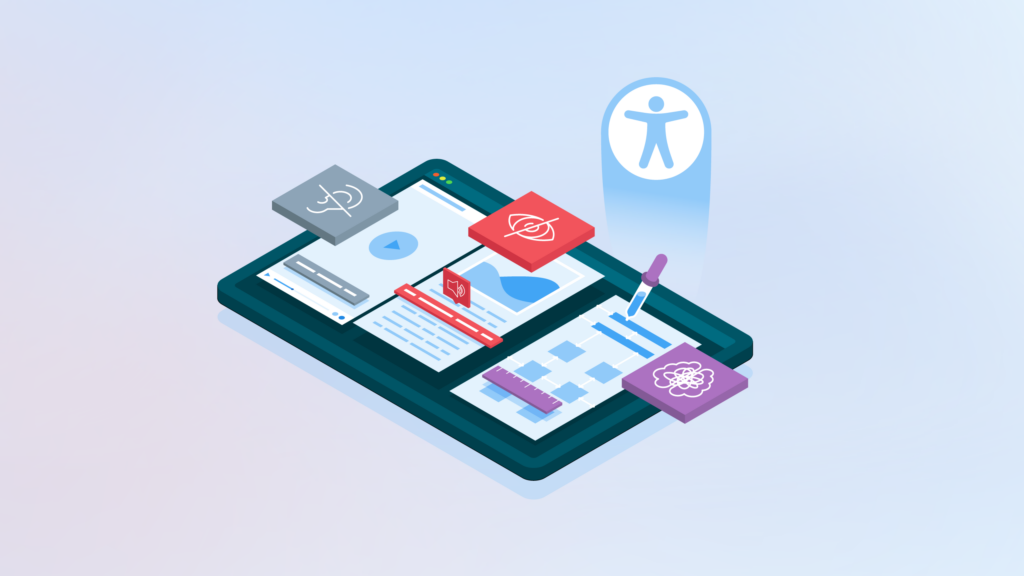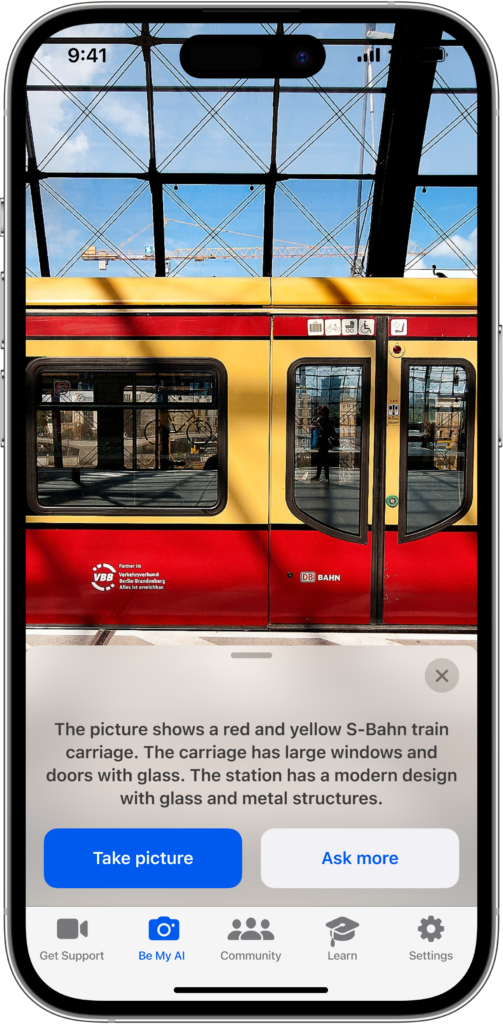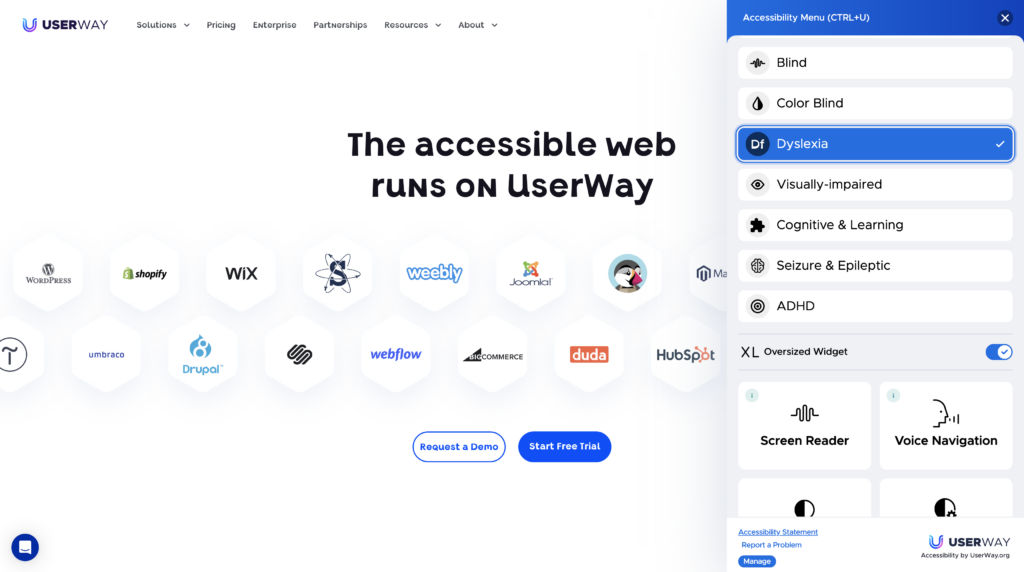This article was written by Modus Agency Executive Vice President, Growth, Michael Stineman. Headquartered in New York City, Modus is a full-service digital agency, and WP Engine Agency Partner focused on building human-centered digital experiences that drive businesses forward.
Any business or institution today wouldn’t fathom making their physical location inaccessible. However, for 1 in 6 people worldwide with a significant disability—sensory, cognitive, physical, or emotional—navigating websites and digital platforms can be time-consuming and frustrating to the point where they are exclusionary.
In the digital age, web usage is essential to daily life. In addition to online shopping and socializing, web access is often integral to employment, education, and government services.
And while web accessibility has evolved from a discipline focused on meeting compliance standards to one that’s about developing inclusive experiences, there’s still a significant digital divide. According to a recent IDC report, fewer than 10% of websites are fully accessible.
This is where the transformative abilities of Artificial Intelligence (AI) have the potential to profoundly improve web accessibility. Organizations have the opportunity to use these new tools to address accessibility at a personalized level for the end user. AI can help drive the digital environment closer to the goal of universal design.

What is Universal Design?
“Universal design is design that’s usable by all people, to the greatest extent possible, without the need for adaptation or specialized design.”
– Ron Mace, an architect with polio who coined the term in the 1980s
When websites such as those using WordPress apply universal design principles, they are accessible to all people, including those with disabilities. By addressing accessibility issues in the component and template architecture, future pages and content updates will remain accessible without additional coding or maintenance.
The Business Case for Prioritizing Web Accessibility
The Web Content Accessibility Guidelines (WCAG) were developed to help web designers and site owners meet best practice standards. According to the guidelines, web accessibility means users can perceive, understand, navigate, and interact with the web, as well as contribute to it.
Organizations can hire digital partners like Modus to conduct accessibility audits and implement fixes. Beyond the legal and ethical motivations to meet these criteria, organizations can serve more people and reach more customers. McKinsey estimates that companies that lack accessible digital experiences stand to lose close to $7 billion a year. And that figure is expected to grow as the aging population increases.
From following best practices in coding to copywriting, designing web experiences for accessibility is no small feat. Organizations can save money by investing in web experiences that are the most accessible from the beginning.
“A lot of organizations try to address accessibility concerns after the fact, and while that approach can be successful, the cost of doing this is orders of magnitude greater than when you consider all these factors from the very beginning,” says Modus Vice President, Engineering, Asim Mittal.
AI’s capacity to automatically adjust the user interface for people with disabilities is potentially game-changing. Let’s explore some of the latest advancements using AI technology to transform web accessibility:
AI-enhanced Image and Object Recognition
For the visually impaired, screen readers have evolved over the years to convert digital content into audible speech. With AI-powered computer vision and natural language processing, these tools have improved to better interpret web content.
For example, Ahrefs’ free AI Alt Text Generator can scan the content of an image and produce descriptive copy, identifying the essential elements and context for comprehension. You can even select your preferred tone of voice.
Another tool for those with visual impairments, Be My AI is a digital visual assistant tool created by Be My Eyes in collaboration with OpenAI.

Users can get clear, vivid audio descriptions of the photos they take with their iOS and Android devices. Users can even chat with the app for more information or guidance about the items pictured, such as interpreting product instructions.
AI-powered Audio Transcription
The speed and quality of audio captioning and transcription have significantly improved with AI, as the popularity of tools like Otter.ai and Zoom AI Assistant have proven. Real-time captions for audio and video content can help users with any type of hearing impairment access online content that has sound.
Many of these tools also provide bulleted summaries that help users understand overall main points, decisions, and action items. Of course, the accuracy of natural language processing is still not perfect and should not be relied on completely.
AI-optimized Navigation
For users with physical disabilities, such as motor challenges, it’s important to consider alternative ways of navigating your website without the use of a mouse.
Plugin solutions like accessiBe and UserWay overlay the front end of your website to enable accessibility adjustments, such as keyboard navigation.

The programs use AI to analyze the architecture of your site and apply keyboard functionality. It’s important to make sure your website has well-structured headings to ensure the content is understandable for these tools.
Continuously improving
AI-driven technology for accessibility is just getting started. Future trends on the horizon include AI-driven real-time translation, gesture recognition, and brain-computer interfaces, which hold the promise of further breaking down barriers to accessibility.
However, businesses need to adopt AI solutions responsibly. Validating solutions with input from disability communities will help ensure they benefit people as intended. We’re excited to work towards a future where the digital experience welcomes all users and brings us closer to the promise of a universally accessible internet.
Learn more about Modus here, and visit WP Engine to find out more about our Agency Partner Program—the world’s largest WordPress agency ecosystem.

